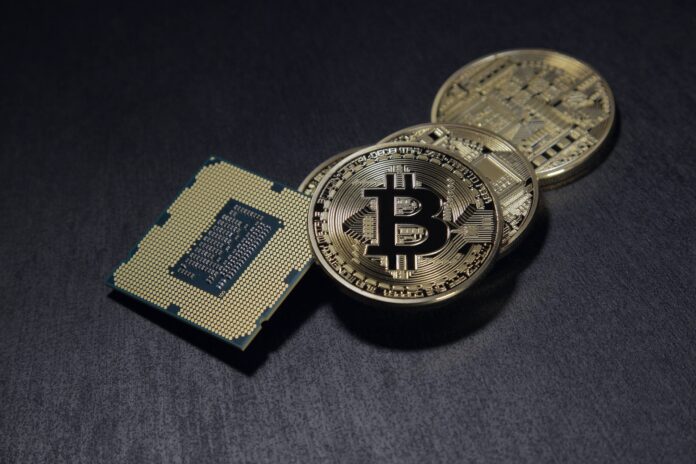This week marked another significant development in the U.S. financial landscape with the introduction of exchange-traded funds (ETFs) for Ethereum, allowing investors to access the second-largest cryptocurrency by market cap through a traditional investment vehicle.
Have you thought about how to assess crypto projects and what criteria to use? In today’s issue, Matthew Burgoyne, a partner at Osler Hoskin & Harcourt LLP, offers a comprehensive guide for investment advisors on how to evaluate crypto projects effectively.
In our Ask an Expert segment, David Ben Kay, president of Function X, provides insights into key considerations for advisors when assessing crypto investments.
–S.M.
As the exclusive sponsors of this week’s Crypto for Advisors newsletter, we extend our congratulations to Grayscale on their launch of the new Ethereum ETF. The ticker symbol, ETH, cleverly reflects its focus!
You’re reading Crypto for Advisors, CoinDesk’s weekly newsletter designed to demystify digital assets for financial advisors. Subscribe here to receive it every Thursday.
Evaluating Crypto Projects: A Guide for Investment Advisors
With the growing momentum in the crypto and blockchain sector, financial advisors are increasingly fielding inquiries from clients about specific crypto assets and the projects behind them. To make informed investment decisions, it’s crucial to thoroughly evaluate these projects. Below are key factors advisors should consider when assessing the legitimacy and potential of any crypto project and its associated asset:
1. Due Diligence on Project Founders
Investigate the backgrounds of the project’s founders, including their professional history, prior projects, and reputation within the industry. Look for credible expertise and be wary of potential fraud. Warning signs include recently created social media profiles and anonymous team members.
2. Analyzing Tokenomics
Tokenomics encompasses the economic model of a cryptocurrency, including its supply, distribution, and utility. Key aspects to evaluate include:
- Supply and Distribution: Understand the total token supply and its distribution among stakeholders. Examine how tokens are allocated to founders, team members, advisors, and investors. A balanced distribution helps mitigate the risk of market manipulation.
- Utility: Assess the token’s practical use within the project. It should have a clear function, such as facilitating transactions, accessing services, or incentivizing participation. Be cautious of projects with vague or unnecessary token applications.
- Inflation and Deflation Mechanisms: Examine whether the project has mechanisms to control the token supply, such as token burns or buybacks. Understanding these mechanisms is crucial for evaluating long-term value stability.


